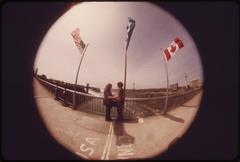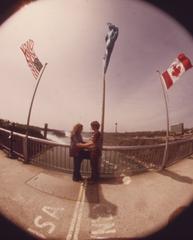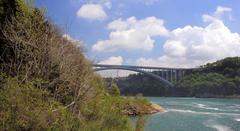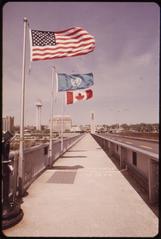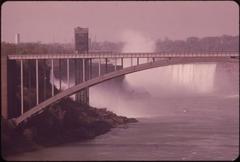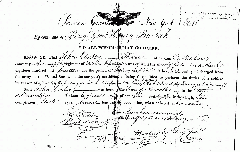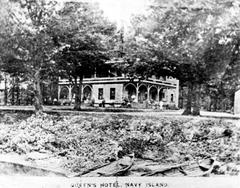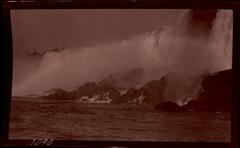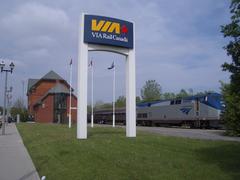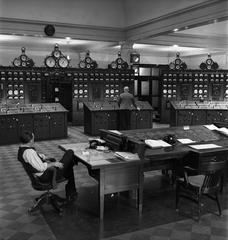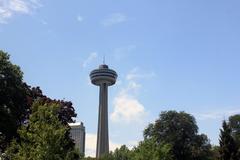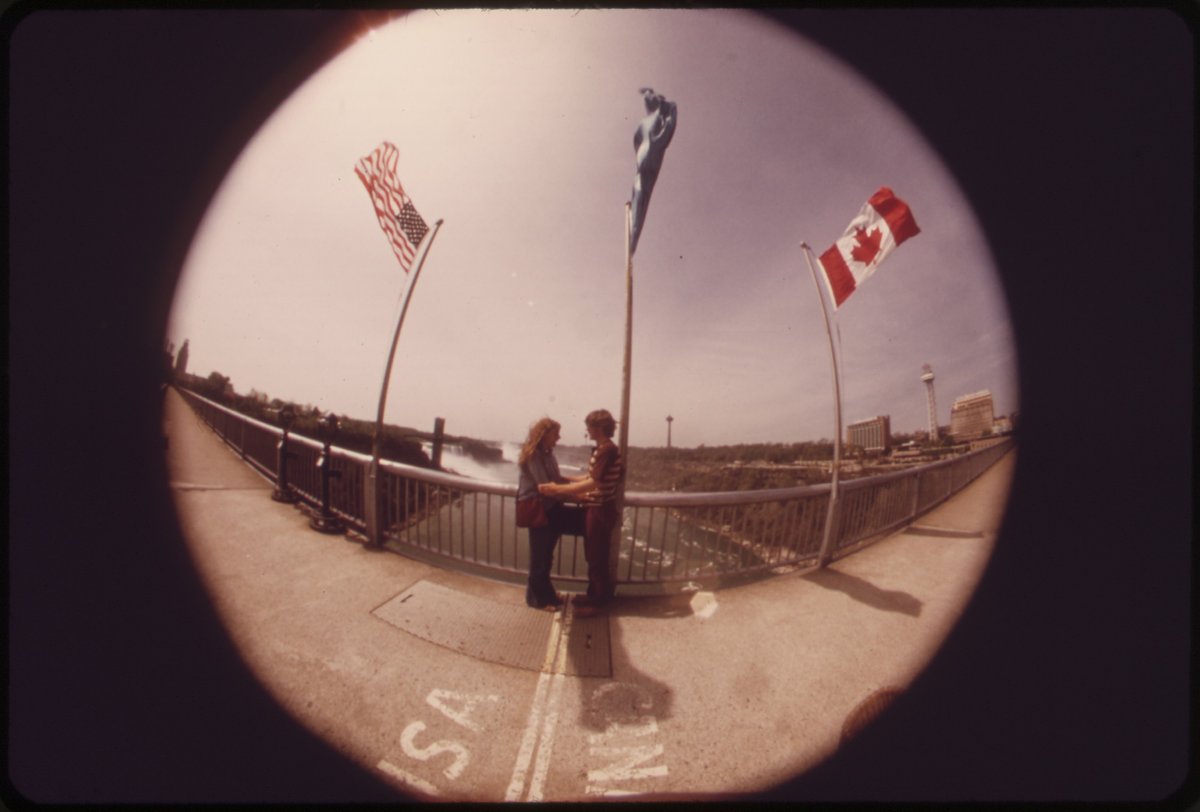
Rainbow Bridge Niagara Falls: Visiting Hours, Tickets, and Travel Guide
Date: 14/06/2025
Introduction
The Rainbow Bridge, officially known as the Niagara Falls International Rainbow Bridge, is not only a vital international crossing between Niagara Falls, Ontario, Canada, and Niagara Falls, New York, USA—it’s also a symbol of unity, cultural heritage, and architectural excellence. This guide provides detailed information about Rainbow Bridge visiting hours, tolls, ticketing, crossing requirements, accessibility, nearby attractions, and practical tips to ensure a memorable experience at one of Niagara’s most iconic landmarks.
Historical Background and Cultural Significance
Early Bridges and the Birth of Rainbow Bridge
Bridging the Niagara River has long been a testament to engineering innovation and international cooperation. The first notable structure was the Falls View Suspension Bridge, constructed in 1869, which later gave way to the Upper Steel Arch Bridge, affectionately called the Honeymoon Bridge. Tragically, in 1938, the Honeymoon Bridge collapsed due to a massive ice jam, prompting the need for a safer and more resilient crossing. The Rainbow Bridge was conceived in the aftermath, designed to symbolize the enduring friendship between Canada and the United States and named for the vibrant rainbows frequently seen in the mist of Niagara Falls (nfexchange.ca; Niagara Falls Tourism).
Construction and Design
Construction of the Rainbow Bridge began in May 1939 and was completed in 1941. Renowned designer Edward P. Lupfer oversaw its design, ensuring the structure would withstand the region’s harsh winters and ice flows. At 1,450 feet (440 meters) long and 202 feet (62 meters) above the Niagara River, the bridge features a main steel arch span of 950 feet (289 meters). Its elevated design offers panoramic views of both the American and Horseshoe Falls, making it a favorite for photographers and sightseers alike (Niagara Falls Info; Wikipedia).
Cultural Heritage
The Rainbow Bridge’s location is steeped in history. The Niagara River has long served as a border and cultural exchange point for Indigenous peoples, including the Haudenosaunee and Anishinaabe. The bridge’s presence today continues a tradition of connecting communities and fostering international cooperation (Niagara Falls Tourism - Indigenous History).
Visiting the Rainbow Bridge: Hours, Tickets, and Fees
Hours of Operation
- Open 24/7 for both vehicles and pedestrians.
- Pedestrian Crossing: While the bridge itself is accessible at all times, customs processing for pedestrians may have reduced hours, typically from 9:00 AM to midnight. Always verify visiting hours on official border websites before your visit (Niagara Falls Live; Travel Niagara).
Ticketing and Tolls
- Pedestrians: Toll is $1.00 USD or $1.25 CAD (Canada to U.S., payable at turnstiles). Crossing into Canada on foot is free (Niagara Falls Live).
- Vehicles: Tolls are $6.00 USD or $8.50 CAD (applies when entering Canada; no toll entering the U.S.). Payment is accepted in cash or by credit card (Creative Travel Guide).
- Cyclists: Pay the pedestrian toll and must walk their bikes across the pedestrian walkway.
- Commercial Vehicles: Not permitted; must use the Queenston-Lewiston Bridge.
For up-to-date tolls and payment options, check the Niagara Falls Bridge Commission.
Crossing Requirements and Customs
Required Documentation
- U.S. and Canadian Citizens: Valid passport or enhanced driver’s license (over age 16). Children under 16 require a passport or birth certificate.
- International Visitors: Passport and any required visas or electronic travel authorizations (ESTA for the U.S., eTA for Canada).
- From May 7, 2025: U.S. travelers will require a REAL ID-compliant driver’s license or an acceptable alternative for land border entry (Buffalo Airport Taxi).
Border officers may ask about your travel plans and inspect your belongings. Wait times can vary, especially during peak seasons and holidays. Check real-time wait times via the Niagara Falls Bridge Commission website.
Accessibility and Visitor Amenities
Accessibility
- Wheelchair Accessible: Ramps and elevators are available on both sides of the bridge.
- Pedestrian Walkway: Wide, smooth, and separated from vehicle lanes by safety barriers.
- Assistance: Available for visitors with mobility concerns.
Safety and Security
- Surveillance: Security cameras and regular patrols.
- Emergency Services: Call boxes and first aid stations at border points.
- Lighting: The bridge is well-lit for safe passage at any hour.
Parking and Transit
- Canadian Side: Ample parking near Clifton Hill and Niagara Parkway ($10–$30 CAD per day).
- U.S. Side: Niagara Falls State Park offers nearby parking ($10–$15 USD per day).
- Public Transit: Niagara Falls Transit (Canada) and Niagara Frontier Transportation Authority (USA) provide convenient service to the bridge area (Tripster).
Experiencing Rainbow Bridge: Views and Nearby Attractions
Scenic Vistas
The pedestrian walkway presents unmatched views of all three falls: American Falls, Bridal Veil Falls, and Horseshoe Falls. The mist regularly produces vibrant rainbows, making for spectacular photo opportunities. The bridge is also an excellent vantage point for the nightly falls illumination (summer: 8:30 pm–2:00 am) and summer fireworks displays (Creative Travel Guide; Destinationless Travel).
Top Nearby Attractions
- Maid of the Mist: Iconic boat tours (U.S. side, short walk from the bridge).
- Table Rock Centre: Main visitor hub with close-up views of Horseshoe Falls (Canada).
- Niagara Falls State Park: Oldest U.S. state park with trails and observation points.
- Clifton Hill: Entertainment district with museums, arcades, and dining (Canada).
- Niagara Falls History Museum: Showcases regional and Indigenous history.
- Freedom Trail and Old Fort Erie: Historic sites tied to the Underground Railroad and War of 1812 (Niagara Falls Tourism).
Visitor Services
- Restrooms: Available at border stations and visitor centers.
- Dining & Shopping: Numerous options near both bridge entrances.
Travel Tips for a Smooth Visit
- Arrive Early: Beat the crowds and secure parking during peak travel months (May–September).
- Check the Weather: Mist and wind are common; dress accordingly and wear sturdy footwear.
- Have Coins Ready: Pedestrian tolls are payable at turnstiles.
- Bring Proper ID: Ensure all travelers, including children, have the necessary documents.
- Photography: Bring a camera or phone for sunrise, sunset, and rainbow shots.
- Accessibility: Assistance available if needed; the walkway is suitable for wheelchairs and strollers.
- Pets: Only service animals are allowed on the bridge.
- Bicycles: Cyclists must walk their bikes across the bridge.
Frequently Asked Questions (FAQ)
Q: What are the Rainbow Bridge visiting hours?
A: The bridge is open 24/7 for both pedestrians and vehicles. Customs hours for pedestrians may vary—check official sources for updates.
Q: How much does it cost to cross the Rainbow Bridge?
A: Pedestrian tolls are $1.00 USD or $1.25 CAD (Canada to U.S.); vehicle tolls are $6.00 USD or $8.50 CAD (entering Canada). Crossing into Canada on foot is free.
Q: What documents do I need to cross?
A: Valid passport or enhanced driver’s license for U.S. and Canadian citizens; children under 16 need a passport or birth certificate. International travelers require passports and appropriate visas/authorizations.
Q: Is the bridge wheelchair accessible?
A: Yes, ramps and elevators are available, and the walkway is suitable for all mobility devices.
Q: Can I bring my bicycle?
A: Yes, but you must dismount and walk your bike across the pedestrian walkway.
Q: Are pets allowed?
A: Only service animals are permitted.
Q: Are guided tours available?
A: Many Niagara Falls tours include the Rainbow Bridge as part of their route, but there are no official guided tours of the bridge itself.
Best Times to Visit
- Peak Season: May to September offers the best weather and falls views but is busiest.
- Off-Peak: Early mornings, late evenings, and weekdays offer fewer crowds and shorter wait times.
- Winter: The bridge is open, but conditions may be icy—dress warmly and tread carefully (Tripster).
Visual Media and Map
- View of Horseshoe Falls from Rainbow Bridge
- Interactive Map: Rainbow Bridge and Attractions
Conclusion
The Rainbow Bridge is much more than a border crossing; it is a celebration of international friendship, historical significance, and natural beauty. With 24-hour access, affordable tolls, and proximity to world-class attractions on both sides, it remains an essential part of any Niagara Falls visit. Plan ahead, bring the right documents, and be ready for unforgettable views and experiences.
For the latest updates, real-time border wait times, and special event information, consult the official sites below and consider downloading the Audiala app for handy travel tips.
References
- Exploring the Rainbow Bridge: Visiting Hours, Tickets, and Niagara Falls Historical Sites, 2024, nfexchange.ca
- Rainbow Bridge Visiting Hours, Tickets, and Visitor Guide to Niagara Falls Historical Sites, 2024, Niagara Falls Tourism
- Rainbow Bridge Visiting Hours, Tickets, and Travel Tips for Niagara Falls Visitors, 2024, Travel Niagara
- Rainbow Bridge Visiting Hours, Tickets, and Tips for Crossing Niagara Falls Historical Site, 2024, Clifton Hill & Niagara Falls Live
- Now Open in Niagara Falls, Niagara Falls Live
- Niagara Falls Border Crossing Information, Niagara Falls Live
- Creative Travel Guide
- Destinationless Travel
- Niagara Falls Info
- Wikipedia: Rainbow Bridge (Niagara Falls)
- Buffalo Airport Taxi - Navigating Canada-U.S. Border Crossings in 2025
- Tripster’s Visiting Niagara Falls Guide
- Niagara Falls Bridge Commission
- Niagara Parks Commission
